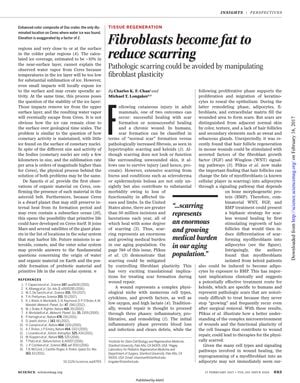TLDR Turning scar-forming cells into fat cells can reduce scarring.
The study by Plikus et al. demonstrated that scarring can be reduced by converting myofibroblasts, cells that contribute to scar formation, into adipocytes (fat cells) using a signaling pathway involving bone morphogenetic protein (BMP). This process is facilitated by the presence of hair follicles, and the research suggests that treatments combining WNT, FGF, and BMP could lead to scarless wound healing. The findings also indicate that myofibroblasts from keloid scars, which are typically resistant to treatment, can be similarly transformed into adipocytes with BMP. This discovery has significant potential for improving clinical treatments for fibrotic disorders and scarring, while also opening up new avenues for research into cellular reprogramming and stem cell identity.
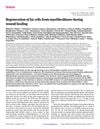 408 citations
,
January 2017 in “Science”
408 citations
,
January 2017 in “Science” Some wound-healing cells can turn into fat cells around new hair growth in mice.
1235 citations
,
December 2013 in “Nature” Two fibroblast types shape skin structure and repair differently.
 829 citations
,
May 2007 in “Nature”
829 citations
,
May 2007 in “Nature” Hair follicles can regrow in wounded adult mouse skin using a process like embryo development.
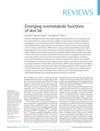 65 citations
,
January 2018 in “Nature Reviews Endocrinology”
65 citations
,
January 2018 in “Nature Reviews Endocrinology” Skin fat has important roles in hair growth, skin repair, immune defense, and aging, and could be targeted for skin and hair treatments.
 408 citations
,
January 2017 in “Science”
408 citations
,
January 2017 in “Science” Some wound-healing cells can turn into fat cells around new hair growth in mice.
488 citations
,
July 2021 in “Cell” Fibroblasts are crucial for tissue repair and inflammation, and understanding them can help treat fibrotic diseases.
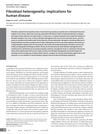 299 citations
,
January 2018 in “Journal of Clinical Investigation”
299 citations
,
January 2018 in “Journal of Clinical Investigation” Different types of fibroblasts play various roles in diseases and healing, and more research on them could improve treatments.
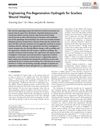 55 citations
,
April 2018 in “Advanced Healthcare Materials”
55 citations
,
April 2018 in “Advanced Healthcare Materials” Hydrogels could lead to better treatments for wound healing without scars.
